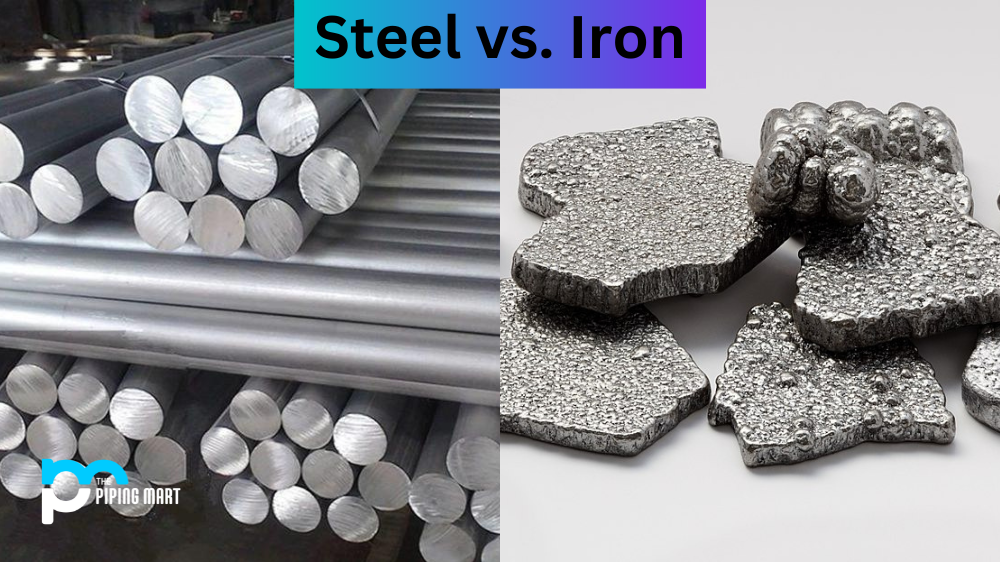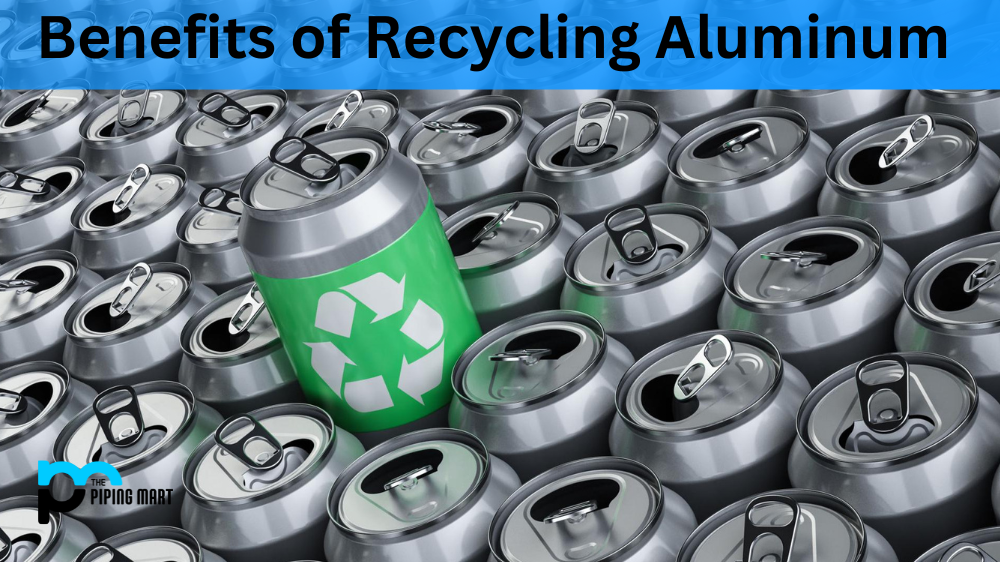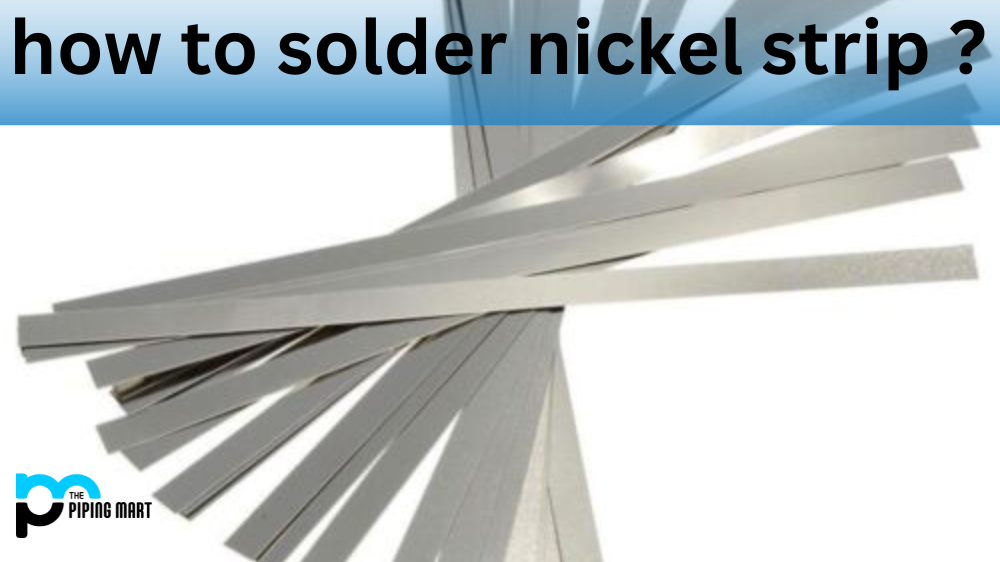Steel and iron are both incredibly strong and versatile materials, but a few key differences set them apart. In this blog post, we will be exploring what sets steel and iron apart from each other and why one material might be better suited for your project than the other.
Steel Properties
Steel is an alloy made of iron combined with small amounts of carbon (about 2 percent). The carbon makes the steel stronger, more durable, and less prone to rusting than pure iron. Steel is also highly malleable, meaning it can be bent or hammered into different shapes without breaking. This makes steel a great choice for construction projects that require intricate designs or complex shapes.
Iron Properties
Iron is a naturally occurring element that can be found in its pure form in nature. It has been used by humans since ancient times to make tools and weapons. Iron is typically tougher and harder than steel, but it is also much more brittle and prone to rusting if not properly cared for. As such, it tends to be used for applications where strength and durability are priorities over malleability or aesthetics.
Steel is stronger than iron.
This is due to the fact that steel is an alloy of iron and carbon, whereas iron is not. The carbon in steel makes it much stronger than iron, and thus it is the preferred material for construction and other applications where strength is required.
Steel is more durable than iron.
This is because steel is less prone to rusting than iron. Rusting occurs when iron oxidizes, and this can cause the metal to weaken and break down over time. Steel, on the other hand, does not rust as easily, making it a more durable option.
Steel is more expensive than iron.
The price of steel varies depending on the market, but it is generally more expensive than iron. This is because steel is a more specialized metal that requires more time and effort to produce.
Steel is less likely to corrode than iron.
Corrosion occurs when a metal reacts with its environment, and this can cause the metal to degrade over time. Iron is particularly susceptible to corrosion, as it reacts with water and oxygen to form rust. Steel, on the other hand, has a much higher resistance to corrosion thanks to its alloy composition.
Steel has a higher melting point than iron.
The melting point of a metal is the temperature at which it liquefies. Steel has a higher melting point than iron because of its alloy composition. This means that steel can withstand higher temperatures before beginning to melt, making it ideal for applications such as manufacturing.
Conclusion:
When deciding between steel or iron for your next project, it’s important to consider the unique properties of each material as well as how they match up with your goals for the project. Steel offers greater malleability, while iron offers greater strength, so depending on what you need from the material, you should choose accordingly. When in doubt, consulting an expert can help you make the best decision possible when choosing between these two popular materials!
Sakshee is a talented blogger, with a particular focus on the Business and Metal Industry. She is passionate about sharing her insights on various metal products and helping professionals to make a better decisions.




